How many times have you picked up, dispensed, or seen an auxiliary label on a medication encouraging you to avoid alcohol while taking it? It’s definitely information that could come up on a board exam at some point throughout your career! Below is a table listing the top 5 alcohol and medication interactions. These 5 drugs/classes should be counseled to generally avoid use with alcohol if possible. This table is for general reference and is not all-inclusive. Like many pharmacological topics, there are individuals that fall out of the general population that should receive more attention and consideration. This can include the elderly, acutely ill, or individuals with a history of alcohol abuse.
Alcohol is a psychoactive central nervous system depressant that, when used in moderation, can make users feel more social, ‘light’, and carefree. While users of alcohol are often aware of the risks, such as dependency, alcohol abuse, and impaired driving, less users are aware of the risks in combination with prescription drugs. The biggest offender is the use of additional drugs that cause CNS depression with alcohol; as you will see a pattern in the table below, many of these drugs cause CNS depression through one mechanism or another. It is important to remember that there are plenty of other medications not listed below that also interact with alcohol, or contribute to CNS depression. Other notable drugs that interact with alcohol include: cough medicine, muscle relaxers, antihistamines (especially first-generation), and blood pressure medications.
You will note in our alcohol and medication interactions table that metronidazole has been listed. It is considered controversial with conflicting information from the package insert and CDC. We think it is reasonable to warn patients about this information and that this has been a risk with case reports historically but newer evidence indicates that the risk is not significant.
Alcohol and Medication Interactions Table
| Drug | Effect With Alcohol | Final Say |
| Opiates Oxycodone Hydrocodone Hydromorphone Fentanyl | Both opioids and alcohol are CNS depressants Concomitant use can lead to: CNS depression. Effects of concomitant use include:-Slowed breathing that could lead to arrested breathing or unconsciousness -Lowered pulse/blood pressure -Overdose -Coma -Death | Counsel every patient about the effects of their opioid medication with alcohol Recommend against use with alcohol, especially in newer or acute patients (post-op pain) You may encounter patients that claim that they’re fine having a few drinks with their prescription opiates. Often, these are chronic pain patients that have a known and well documented tolerance to their opiates. It is not always feasible to expect these patients to quit alcohol for as long as they’re on chronic pain management; consider counseling on what warning signs to look out for. For example: “I know you’ve taken _______ for several years, but I want to remind you of the effects your prescription has with alcohol. Serious side effects such as losing consciousness or breathing troubles can occur. I’d encourage you to be on the lookout, especially if drinking alcohol, for signs of slowed breathing, dizziness, or any adverse effects. If caught soon enough, these can be reversed or treated.” Offer Narcan to at-risk patients (history of alcohol abuse, first-time users of opioids) “You may be familiar with naloxone, or Narcan. It is currently available without a prescription, and is recommended to anyone taking an opioid. Would you be interested in also purchasing Narcan, just in case?” |
| Anticoagulants/ AntiplateletsWarfarin Heparin Apixaban Rivaroxaban Dabigatran Acetylsalicylic acid (aspirin) Clopidogrel Ticagrelor Prasugrel Cilostazol | Both anticoagulants and alcohol are blood thinning compounds. Antiplatelets inhibit clot formation, leading to susceptibility to bleeding. Concomitant use can lead to: increased risk of severe bleeding. Effects with concomitant use include: -Bruising -Bleeding gums (especially if they do not stop bleeding) -Cuts that do not bleeding -Bloody urine, brown urine -Black tarry stools -Blood in vomit (bright red, brown) -Dizziness, weakness -Severe pain | Counsel the patient that alcohol use with anticoagulants increases bleed risk. Recommend against use with alcohol, especially in newer or acute patients (post-op anticoagulation) Most blood-thinning medications will advise against use with alcohol. It is widely agreed upon that moderate use of alcohol when on anticoagulants can be safe. However, that should not hinder you from counseling on the bleeding risk. “You may remember the signs of bleeding, such as bruising, bleeding gums, vomiting blood, or black, tarry stools, from your last prescription pick-up. As a reminder, using alcohol with _______ increases the risk of bleeding even more. Use alcohol in moderation while taking _______, and look out for signs of bleeding” |
| Benzodiazepines Alprazolam Chlordiazepoxide Clonazepam Diazepam Lorazepam Oxazepam Temazepam | Both benzodiazepines and alcohol are CNS depressants. Benzos potentiate GABA receptors, leading to anxiolytic, hypnotic, and even anticonvulsant effects in patients Concomitant use can lead to: CNS depression. Effects with concomitant use include:-Nausea/vomiting-Weak/slowed breathing-Altered mental status-Lethargy-Sedation-Overdose-Coma-Death | Counsel the patient on the CNS depressing effects benzodiazepines have when combined with alcohol Recommend against use with alcohol, especially in newer or acute patients (anxiety bridging, surgery/imaging preparation). Pay special attention to prescriptions and whether the directions are scheduled, or as needed. A patient with scheduled benzodiazepines may have a more predictable tolerance to their medication and alcohol; patients using PRN may not. Consider a benzodiazepine taper when appropriate. |
| ‘Z’ drugs (sleep) Zolpidem Zaleplon Eszopiclone | Both benzodiazepines and alcohol are CNS depressants. Z-drugs exhibit hypnotics and sedative effects useful for sleep disorders. Similar to benzodiazepines, ‘Z-drugs’ increase GABA transmission. Concomitant use can lead to: CNS depression. Effects with concomitant use include: -Slowed heart rate -Dizziness -Extreme sleepiness or drowsiness -Disorientation -Confusion -Hallucinations. -Slowed or compromised breathing -Impaired motor control. -Unusual behavior. -Memory problems -Coma -Death | Recommend against use with alcohol, especially in newer or acute patients Counsel the patient on the CNS depressing effects Z-Drugs have when combined with alcohol. “Oftentimes, combining alcohol and ______ can lead to extreme side effects or the need for hospitalization. A lot of these accidents are, well, accidental. Avoid alcohol while using this medication. Even if the extreme effects, such as slowed breathing or impaired motor control, do not occur, ______ has plenty of commonly experiences side effects, like next-day drowsiness and memory problems, which can put you at a risk for a motor vehicle accident, or cause you to not perform as well at your job.” |
| Certain Antibiotics MetronidazoleTindazole Trimethoprim / Sulfamethoxazole Cephalosporins Isoniazid Linezolid | Metronidazole OR Trimethoprim/Sulfamethoxazole + Alcohol = disulfiram-like reaction occurs (conflicting recommendations), resulting in side effects such as flushing, headache, nausea, vomiting, sweating Per package insert: ‘Discontinue consumption of alcohol or products containing propylene glycol during and for at least three days after therapy with metronidazole’ CDC states, “Refraining from alcohol use while taking metronidazole (or tinidazole) is unnecessary.” Cephalosporins + Alcohol: disulfiram-like reaction may occur. The incidence of this reaction with cephalosporins is lower than that of metronidazole, of TMP/SMX Isoniazid: Potential hepatotoxic risk Linezolid: Drugs with MAOI activity when used with alcohol can increase adverse effects | Recommend against use with alcohol if possible, especially in newer or acute patients (likely all patients will be using antibiotics acutely). Data has been considered controversial on this reaction If the severity of this reaction is further questioned by a patient, consider: “Metronidazole and alcohol often results in flushing (redness), headache, nausea, and vomiting. There have been reports/studies of patients that have fared well with metronidazole and a few drinks and some evidence to support this. However, this reaction cannot be predicted, and the extent of the reaction is even harder to predict.” Counsel the patient on the side effect profile of their prescribed antibiotic + alcohol. This is not an all-inclusive list of antibiotics that interact with alcohol. Listed are the most common and severe interactions. You can find case studies and reports of reactions with alcohol, in virtually any antibiotic. Emphasize that antibiotics already have a side effect profile of their own, most of which can be exacerbated by alcohol use (diarrhea, nausea, vomiting, upset stomach) |
What else would you add to your top 5 alcohol and medication interactions list?
- 30 medication mistakes PDF
- 18+ Page Drug Interaction PDF
- 10 Commandments of Polypharmacy Webinar based on my experiences in clinical practice
This article was written by Crystal Deng, PharmD Candidate in collaboration with Eric Christianson, PharmD, BCPS, BCGP

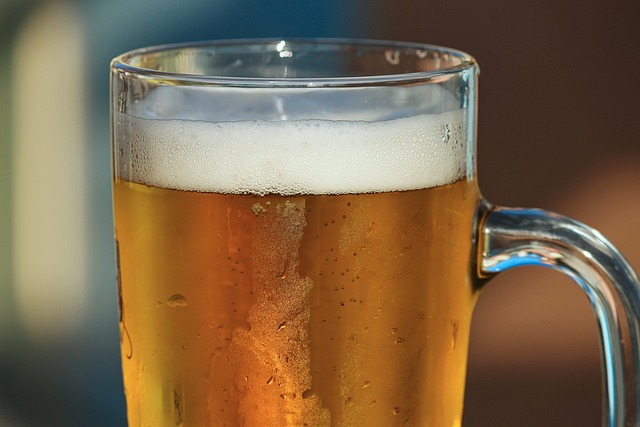
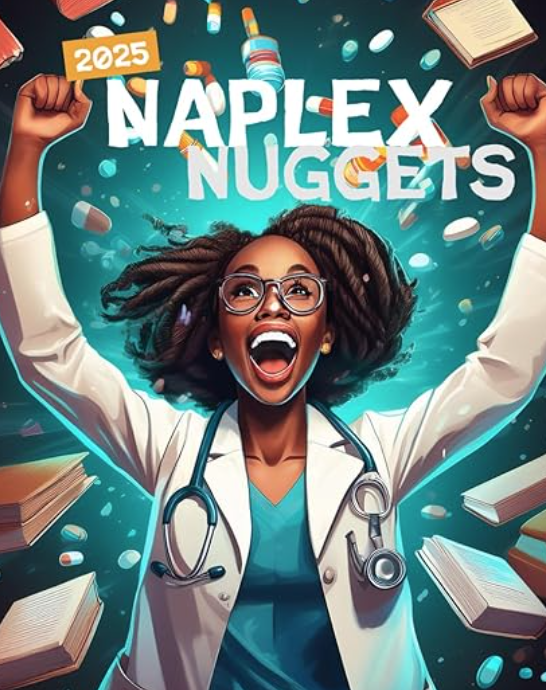
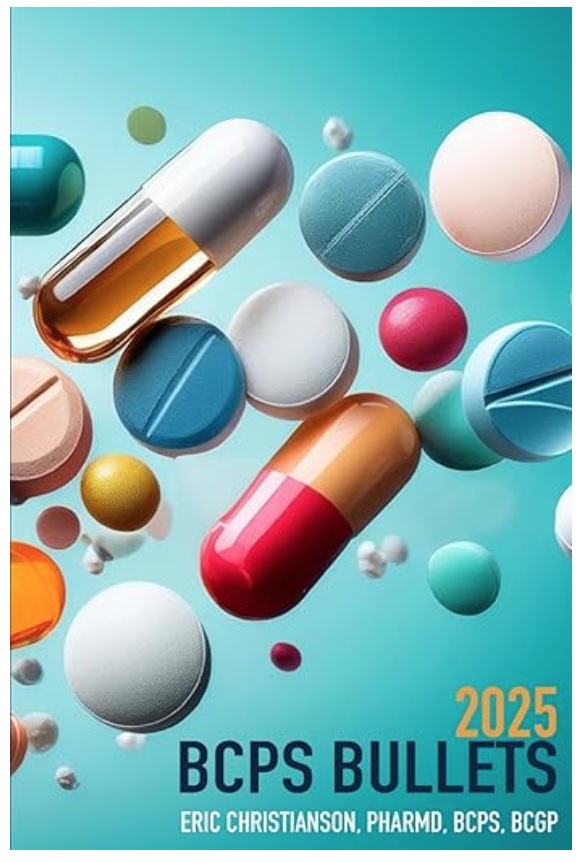
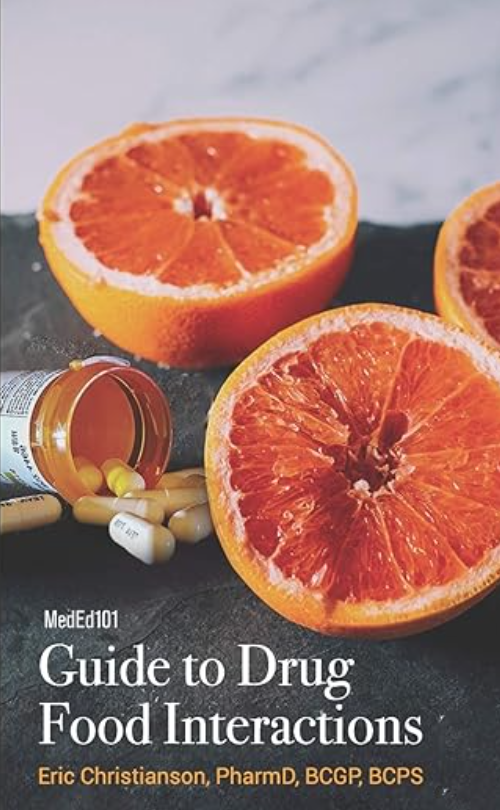
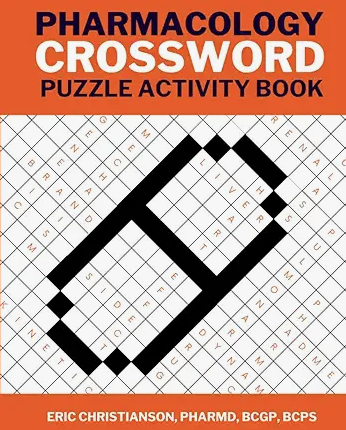
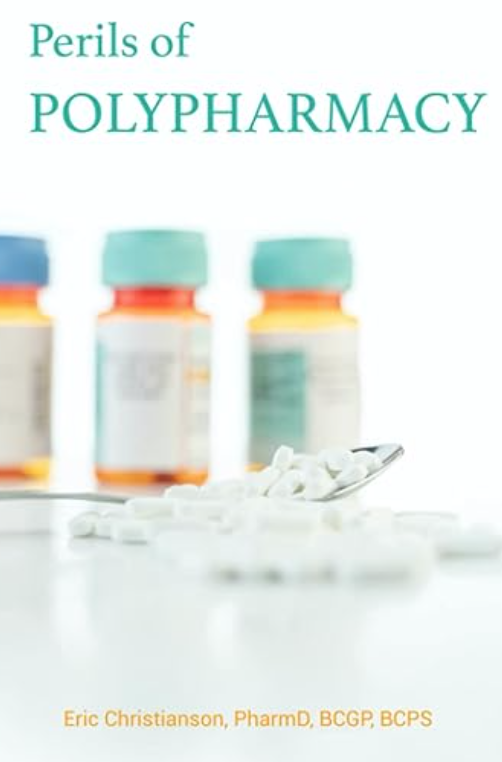
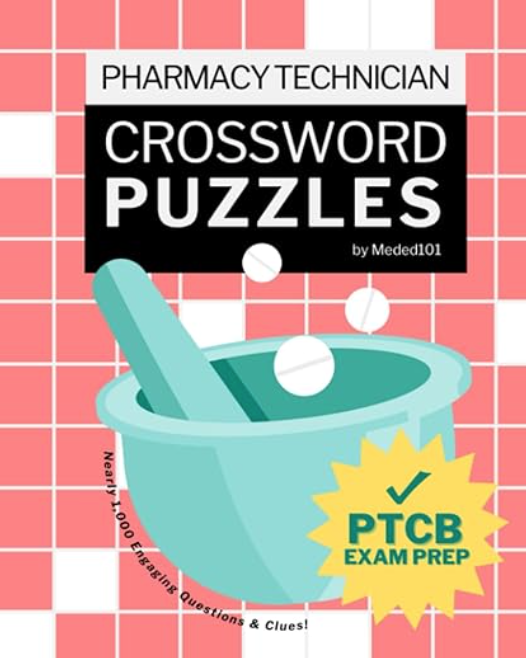

0 Comments